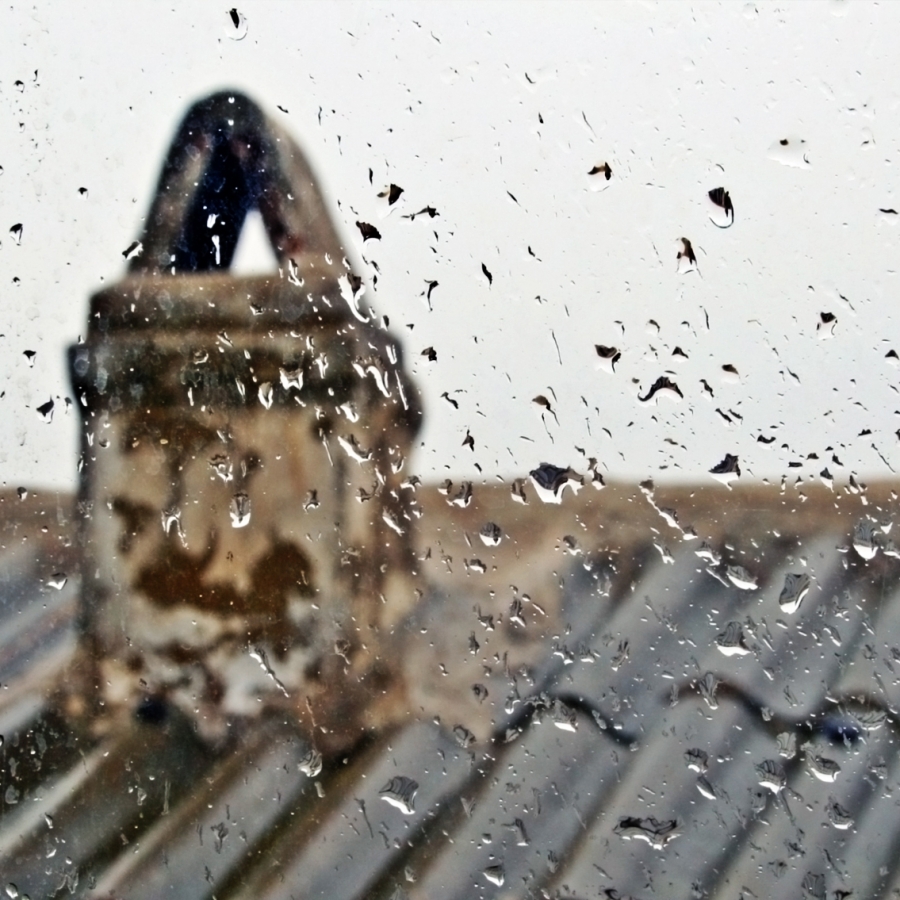How Moisture Moves through a Home
To help understand the principles of moisture control, you need to understand the basics of how moisture can move through your home.

Topic Summary

Moisture or water vapor moves in and out of a home in three ways:
- With air currents
- By diffusion through materials
- By heat transfer
Of these three, air movement accounts for more than 98% of all water vapor movement in building cavities. Air naturally moves from a high pressure area to a lower one by the easiest path possible—generally through any available hole or crack in the building envelope. Moisture transfer by air currents is very fast (in the range of several hundred cubic feet of air per minute). Thus, you need to carefully and permanently air seal any unintended paths to control air movement.
The other two driving forces—diffusion through materials and heat transfer—are much slower processes. Most common building materials slow moisture diffusion to a large degree, although they never stop it completely. Insulation also helps reduce heat transfer or flow.
The laws of physics govern how moist air reacts within various temperature conditions. The study of moist air properties is technically referred to as "psychrometrics." A psychrometric chart is used by professionals to determine at what temperature and moisture concentration water vapor begins to condense. This is called the "dew point." By understanding how to find the dew point, you will better understand how to avoid moisture problems in your house.
Relative humidity (RH) refers to the amount of moisture contained in a quantity of air compared to the maximum amount of moisture the air could hold at the same temperature. As air warms, its ability to hold water vapor increases; this capacity decreases as air cools. For example, according to the psychometric chart, air at 68ºF (20ºC) with 0.216 ounces of water (H2O) per pound of air (14.8g H2O/kg air) has a 100% RH. The same air at 59ºF (15ºC) reaches 100% RH with only 0.156 ounces of water per pound of air (10.7g H2O/kg air). The colder air holds about 28% of the moisture that the warmer air does. The moisture that the air can no longer hold condenses on the first cold surface it encounters (the dew point.) If this surface is within an exterior wall cavity, wet insulation and framing will be the result.
In addition to air movement, you also can control temperature and moisture content. Since insulation reduces heat transfer or flow, it also moderates the effect of temperature across the building envelope cavity. In most U.S. climates, properly installed vapor diffusion retarders can be used to reduce the amount of moisture transfer. Except in deliberately ventilated spaces, such as attics, insulation and vapor diffusion retarders work together to reduce the opportunity for condensation in a house's ceilings, walls, and floors.
To effectively control moisture in your home, you need to first consider your climate when exploring your moisture control options.
Article source: The U.S. Department of Energy’s Office of Energy Efficiency and Renewable Energy (EERE). For the most up-to-date information please visit the EERE website.



